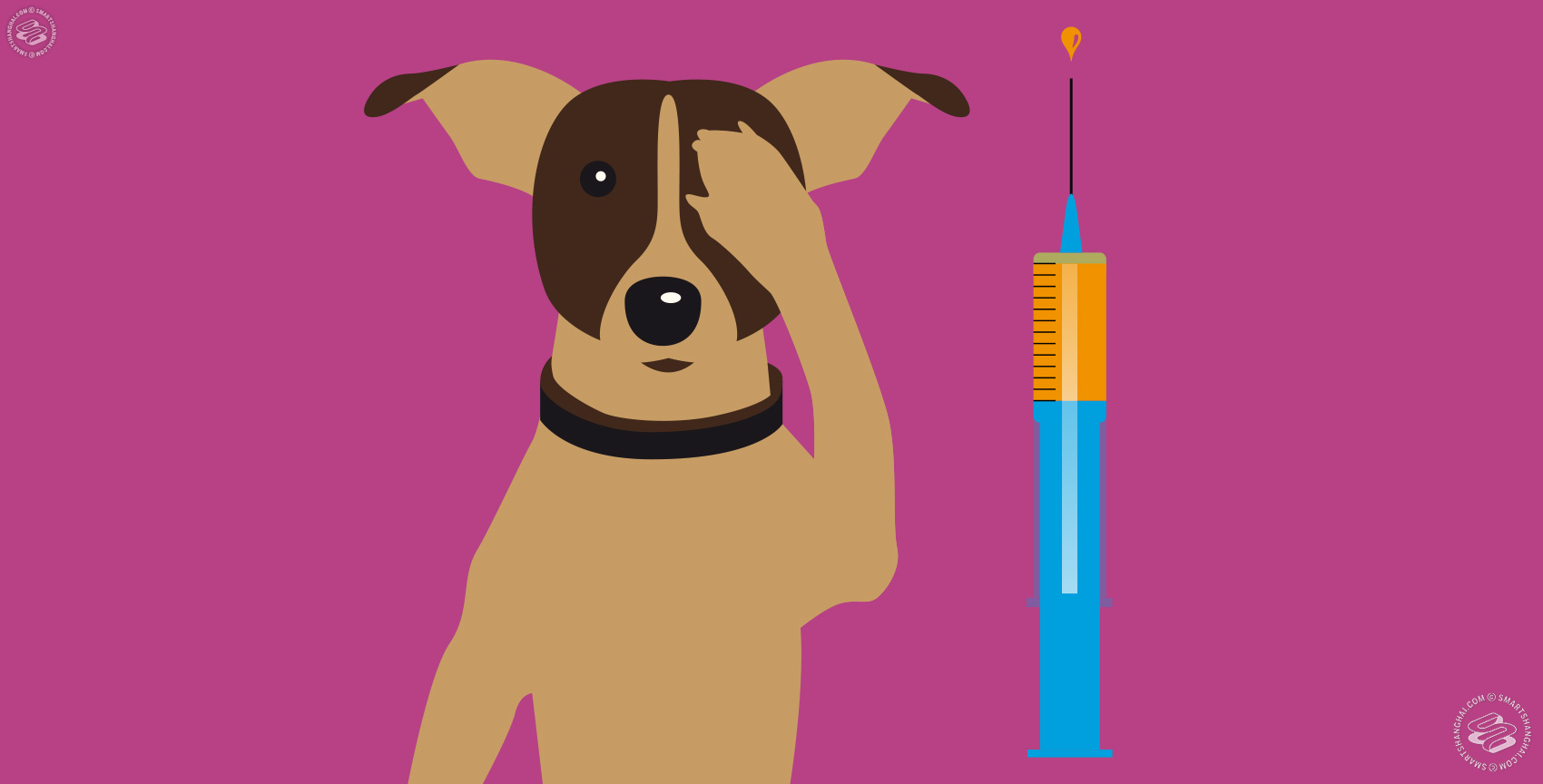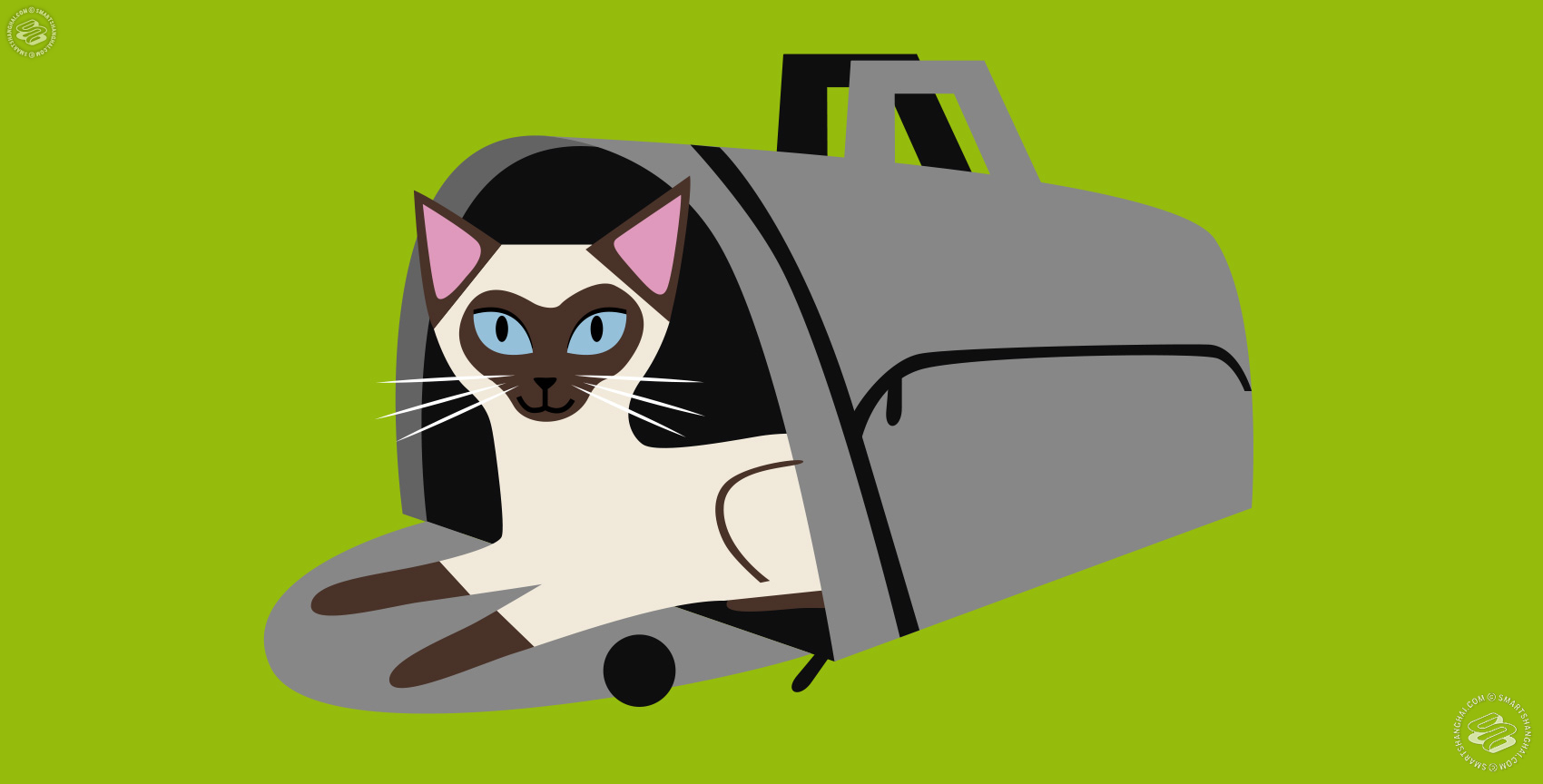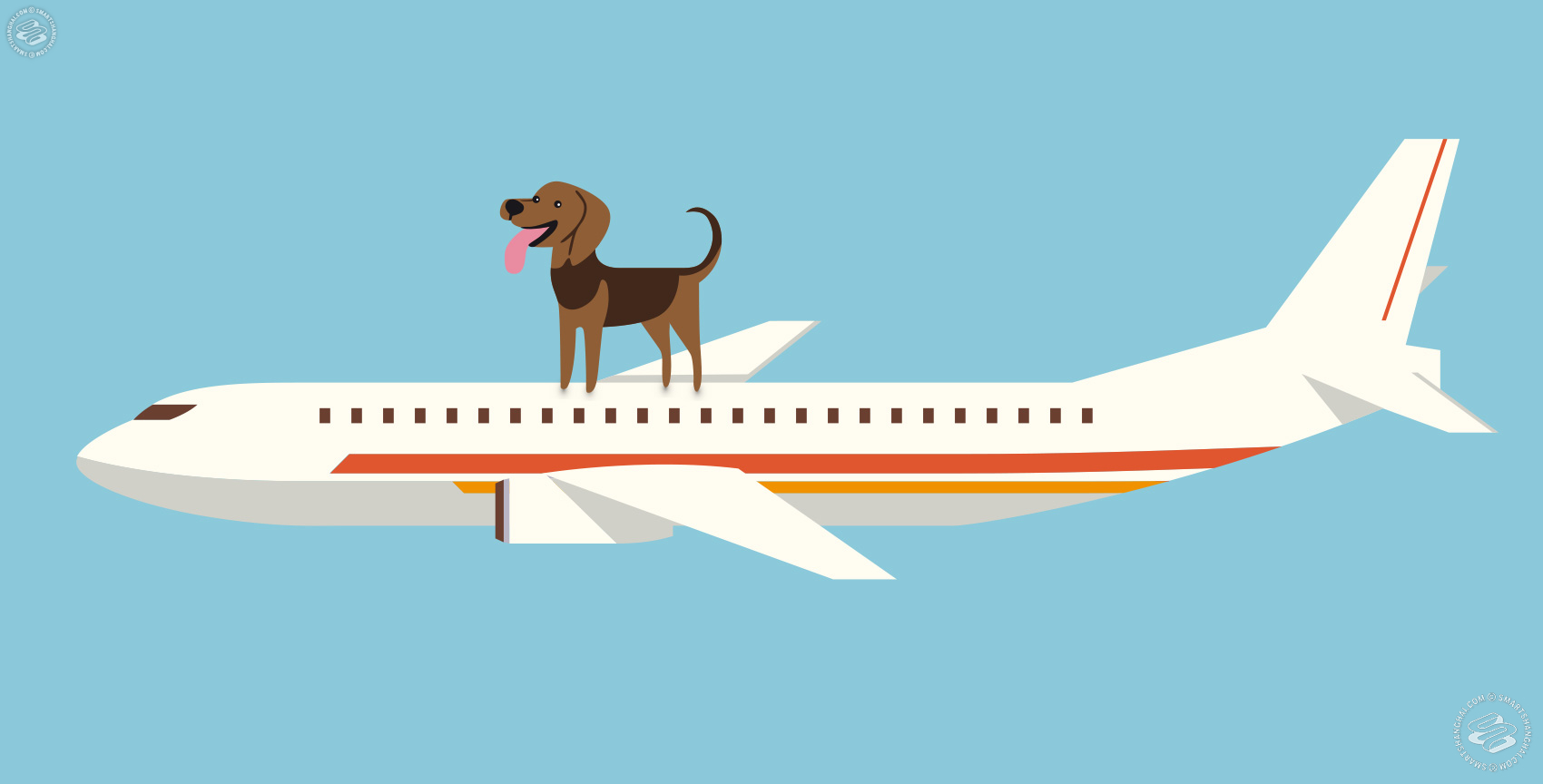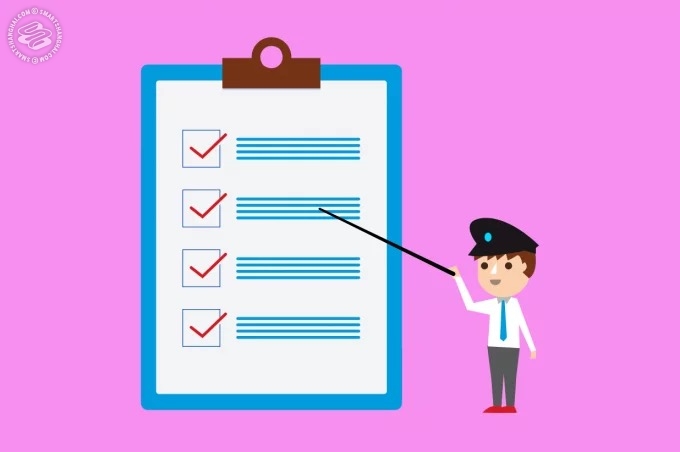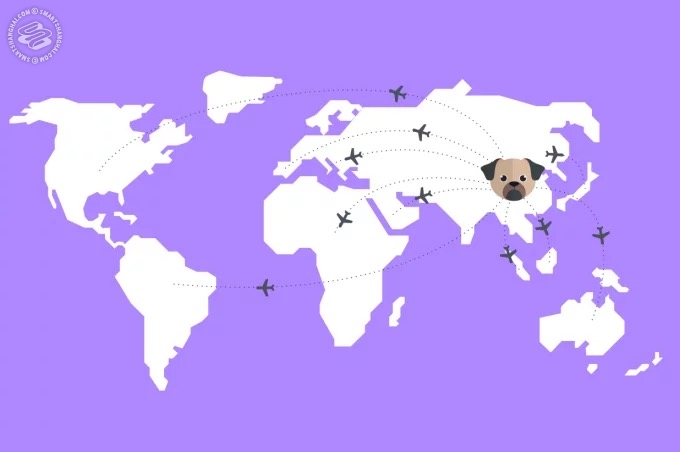I've heard that it's one pet per passenger/passport when leaving China. Is this true?
Lee-Anne Armstrong: There is no universal "1 pet per passport" rule. The number of pets an individual passenger can add to their flight ticket depends on their airline, destination import rules, and the pet's mode of transport (in the cabin, checked as excess baggage, or as manifest cargo). In the cabin, a passenger may generally only bring one small pet, and the total number of pets allowed in the cabin is limited. Very few airlines allow pets in the business and first class cabins.
NOTE: Owners of multiple pets should be especially careful about researching and seeking feedback on airline options before booking their own ticket.
How much will it cost?
Lee-Anne Armstrong: Airline fees for pets range widely depending on the type of transport. For in the cabin, fees are generally in the 100-175usd range. For crates checked as excess baggage (not an option on U.S. carriers) costs can vary depending on size of crate and are around 300-600usd. Manifest cargo is a special category of pet transport where a pet agent is needed for Customs clearance. Cargo is very expensive — thousands of dollars. Cargo may be required for pets entering by air (e.g. the U.K., UAE) and all unaccompanied pets fly as Cargo. ,and .
I've heard airlines have blackout dates for pets because it's too hot or too cold for them. True?

Lee-Anne Armstrong: Chinese airlines have hot weather bans for their excess baggage transport. They do not offer an in-cabin pet option. Air Canada has similar hot and cold weather restrictions for excess baggage transport, while in-cabin moves remain available.
What restrictions are there on the pets?
Each airline publishes its own pet travel policies. Cabin pet carriers, which must fit under the seat in front of you, vary in maximum size by airline and aircraft. Pets in cabin bags usually count as your one carry-on item.. Delta does not accept pets on flights with an average flight time of greater than 12 hours. Lee-Anne Armstrong: It can be a problem for people in China who only call their airline's overseas hotline or do not expand easily-missed restrictions sections on the airline's website.. It's best to enquire about pet transport bookings with your airline's China office directly.
Are there restrictions on certain breeds?
Yes. Among other restrictions, ‘strong' dog breeds may be banned or require special crates and brachycephalic (i.e. flat-faced) breeds are often prohibited from flying or may be permitted only in cabin or only in cooler weather. Breeds to pay attention to include:
Dogs: Affenpinscher, American Pit Bull Terrier, Boston Terrier, Boxer, Brussels Griffon, Bulldog, Cane Corso, Chihuahua, Chow Chow, Dogo Argentino, Dogue de Bordeaux, English Toy Spaniel (King Charles Spaniel), Japanese Chin, Lhasa Apso, Newfoundland, Pekinese, Pug, Rotweiller, Staffordshire Bull Terrier, Shar Pei, Shi Tzu, Tibetan Mastiff and Tibetan Spaniel.
Cats: British Shorthair, Burmese, Exotic Shorthair, Himalayan, Persian, Scottish Fold
Do I have to do this on my own?
You don't have to but you certainly can handle all these steps on your own. If you have a budget for the convenience of a profressional agent, or if your destination or airline requires pets travel as manifest cargo or owners plan to fly separately from their pet then IPATA, the , has a useful online list of member companies to search.
Where can I get more information?
See SCAA's detailed information about in-cabin transport, excess baggage transport and cargo transport , as well as special requirements for the U.K.



















